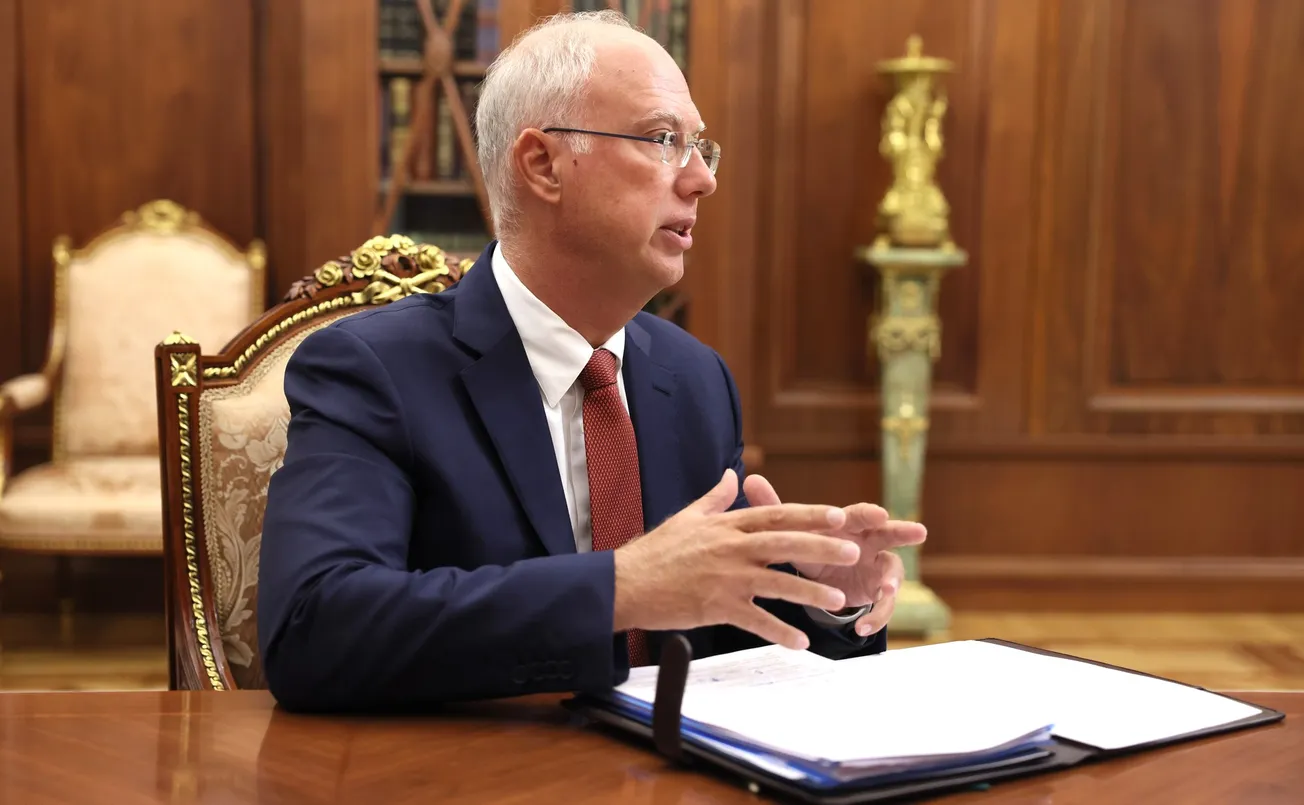Along with the spike in energy prices, the world economy is severely threatened by an apparent lack of microchips which is paralyzing several productive sectors, and by an almost hyperinflationary rise in freight costs. For both these phenomena, the explanation given by the establishment is a “lone assassin” theory, namely the supply/demand dynamic pre- and post-pandemic. The narrative is that the world recovery driven by China has found a scarcity both in semiconductor and freight capacity. The same narrative holds that, given the low flexibility of the sector, the crisis will last throughout 2022 at least.
EIR believes that this narrative is false and that massive financial speculation is at work in both the microchip and the global freight sector. Let us examine some facts:
Microchips: The world largest producer of microchips, TSMC, is based in Taiwan. TSMC produces almost the entirety of advanced microchips which are used in automotive, phone, computer and many other items. In an interview with Time on Oct. 1, TSMC head Mark Liu revealed that some customers had been hoarding microchips. “Amid what was described as a global chip shortage, more chips were being sent to factories than were leaving them in products, meaning ‘there are people definitely accumulating chips who-knows-where in the supply chain,’ says Liu. Liu did not name names, but TSMC clients include Apple, Intel, Qualcomm, AMD and Nvidia. (https://time.com/6102879/semiconductor-chip-shortage-tsmc/)
Question: what happens if part of the output of a company that produced 90% of the global chip demand, is hoarded?
Fact is, that the artificially created scarcity of microchips is severely hitting global car production, with major producers shutting down production sites and depicting a gloomy future. Trade unions at Stellantis automotive manufacturer say the current crisis is worse than Covid. (With some exceptions: Tesla does not seem to be affected.)




